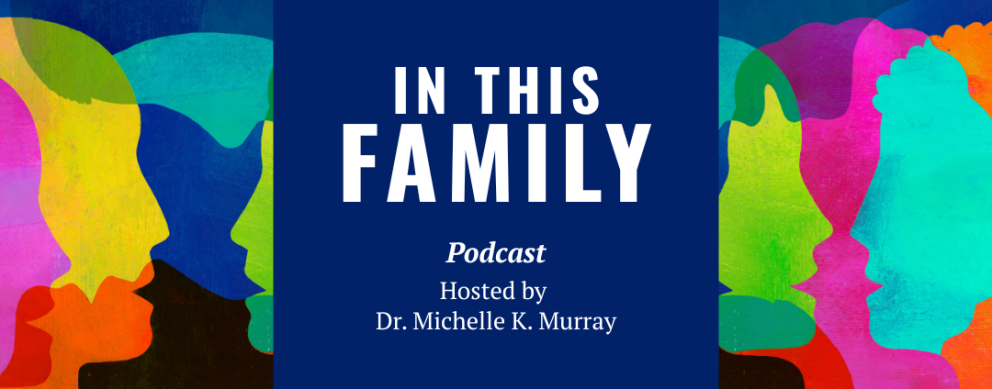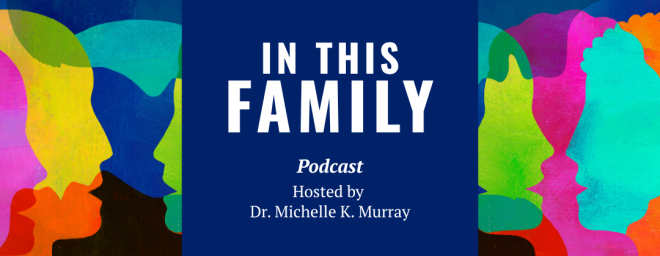
Best of "In This Family" Episodes
Nexus Family Healing’s "In This Family" podcast brings together powerful voices who share how mental health, addiction, and recovery have shaped their lives and families. This best-of roundup highlights four impactful episodes that spark honest conversations, reduce stigma, and remind us that healing begins when stories are shared.Read More

Keeping Holiday Anxiety at Bay
Holiday gatherings can be joyful, but they can also bring stress, anxiety, and complicated family dynamics. This blog shares three practical self-care strategies to help you navigate the season with confidence. With thoughtful preparation, you can create space for connection and joy, even in challenging moments.Read More
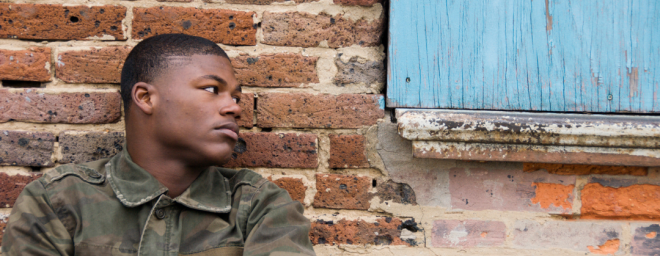
The Realities of Youth Homelessness
In the U.S., 4.2 million youth experience homelessness every year. Around 700,000 of those youth are unaccompanied, meaning they are not in the care of their parents and caregivers. In Minnesota, over 13,000 unaccompanied young people experience homelessness in a year. That’s a lot of kids without safe shelter!Read More
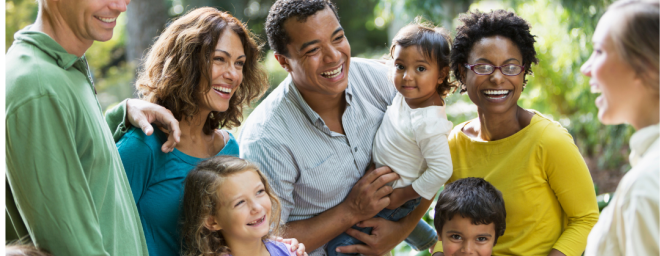
Honoring My Kids’ Roots in a Multicultural Family
Foster and adoptive parent Cherie Johnson shares her journey of raising a multicultural family, honoring her children’s diverse cultural roots through language, traditions, mentors, and connection. She reflects on the challenges, joys, and intentional efforts it takes to help every child feel seen, valued, and loved.Read More

Supporting Mental Health Across Cultures
For care professionals, providing culturally sensitive, trauma-informed support means taking the time to understand each person’s unique background. By approaching these differences with curiosity rather than judgment, professionals can build trust, foster meaningful connections, and communicate more effectively.Read More

Talking to Teens About Social Media
Social media isn’t inherently harmful, but it can amplify stress, anxiety, and comparing ourselves to others, particularly for youth whose brains are still developing. Since the pandemic, many teens have leaned on social platforms for connection. While that’s understandable, it’s more important than ever to help them balance online interaction with real-life relationships.Read More
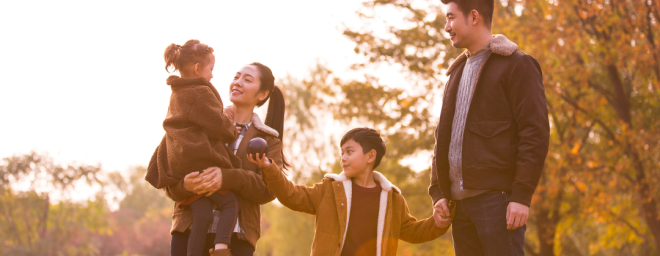
Cozy Fall Activities for Your Mental Health
The swift approach of Autumn and the ending of summer can be a brutal adjustment. Days are short and cold, evenings are dark and long, and these changes in the weather can bring on symptoms of Seasonal Depressive Disorder. Because of this, it’s important to find enjoyable ways to combat these symptoms and protect your mental health. Here are a few suggestions to help you get excited for the changing season, all while supporting your mental health.Read More

How to Have Genuine Conversations With Your Teen
Getting your teen to open up and participate in a genuine conversation can be difficult. So, how do you foster a genuine conversation based on truth, mutual respect, and understanding?Read More

Suicide Prevention Parenting Tips
Suicide is and has been for the last decade, the second leading cause of death for adolescents in the United States. The reasons why suicide occurs are often not well understood, leaving family and friends wondering what could have been done differently. Here are some things you can do as a parent to help your child if there is a concern about suicidal thoughts or actions.Read More
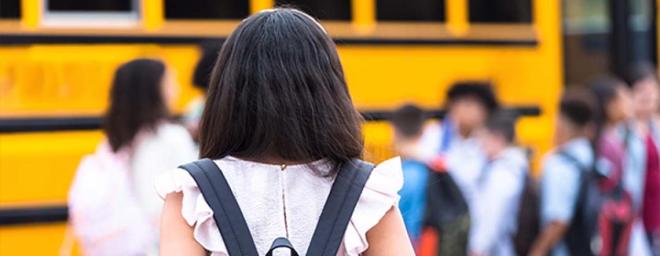
Back to School: Bubbling Excitement or Anxiety Provoking?
As parents, caregivers, or guardians, the aspect of going back to school is often exciting. While this can be exciting for students, too, anxiety often rears its ugly head. There are simple things parents, caregivers, and/or guardians can do to minimize the anxiety students feel about going back to school.Read More
